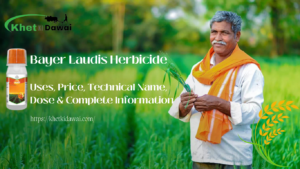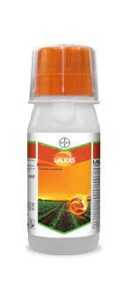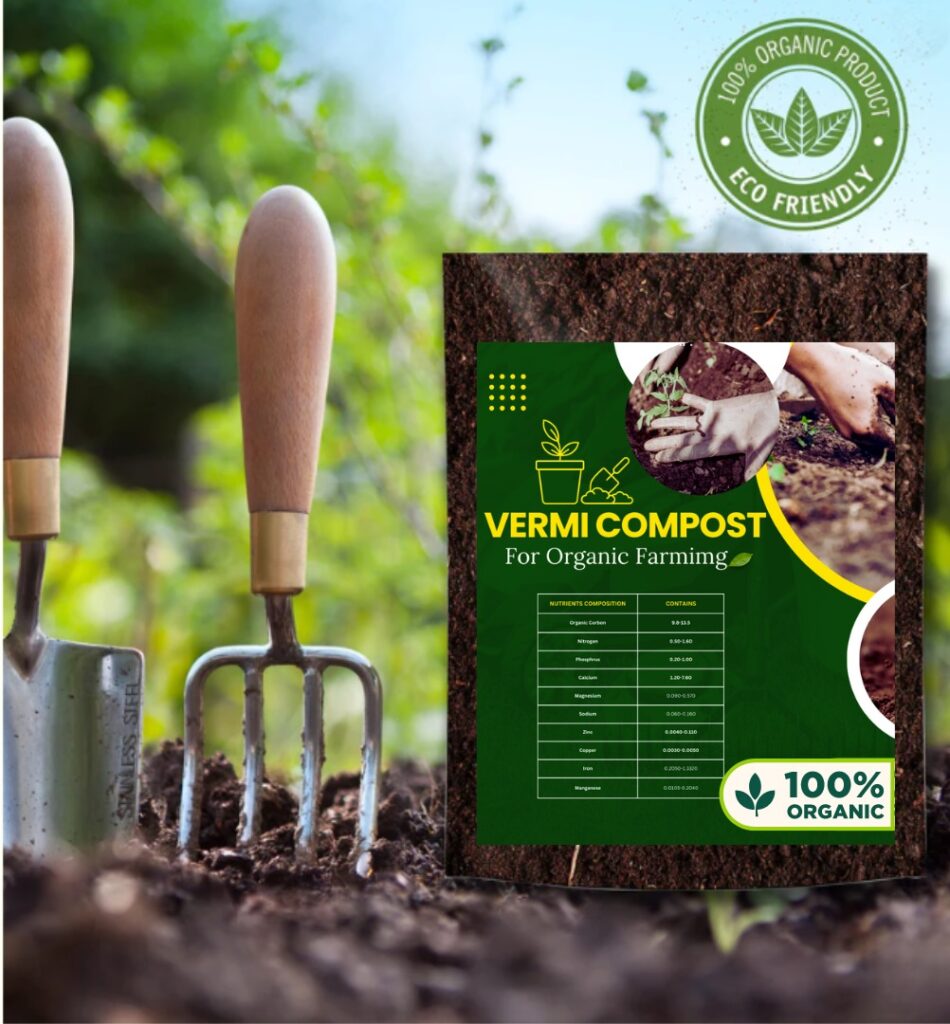Broad spectrum post-emergence herbicide Laudis is advised for use in conjunction with surfactant to suppress grassy and broad leaf weeds in maize. Tembotrione, the active ingredient in Laudis, is the most recent advancement in Bayer CropScience’s tried-and-true bleacher technology.
You will learn about the following in this article:
- Bayer legacy
- What is post emergence herbicide?
- Technical content
- Mode of action
- Why should you opt for Bayer laudis herbicide?
- Advantages of using Bayer laudis herbicide
- Bayer laudis herbicide dosage and crop specification.
- Bayer Laudis herbicide application
Legacy of Bayer
With a history spanning more than 150 years and fundamental expertise in both healthcare and agriculture, Bayer is a life science corporation. We are helping to find solutions to some of the biggest problems facing our society today with the help of our cutting-edge products.
Our mission, “Science for a better life,” directs us as we provide ground-breaking breakthroughs to the fields of agriculture and healthcare. We help create a world where diseases are not only efficiently treated but also avoided or cured, where people are better able to care for their own health requirements, and where adequate agricultural products are produced while maintaining the natural resources of our planet. That’s because at Bayer, we think sustainability and growth should coexist.
Bayer Laudis herbicide is a broad spectrum post emergence herbicide.

What is post emergence herbicide?
Post-emergent weed pesticides either target the leaves or penetrate the weed’s roots systemically. They are available as granular or spray-on treatments. They are most effective in weed-infested regions, but you must use caution while applying them to avoid spray drift or contact with unintended plants.
After weeds have sprouted their obnoxious little heads, post-emergents attack them. This sort of herbicide’s “post” component denotes the fact that it is applied to weeds that are already present. A post-emergence herbicide can be used effectively to kill weeds already present and to stop new ones from emerging. Post-emergent weed killers come in various varieties, so carefully identify the weeds you need to control and pay close attention to the product description.
It is of two types:
- Systemic: Systemics work best against perennial weeds because they are directly absorbed by the plant and spread throughout it for maximal killing power.
- Contact: Contact herbicides are used on annual weeds and smaller weeds, and they kill the exposed section of the plant. This might seem small, but in the majority of weeds, the death of the foliage is sufficient to kill the entire plant.
Technical content: Tembotrione 42% SC (34.4% w/w)
Action strategy
Here is a more thorough explanation of how tembotrione works:
- Plant pigments called carotenoids are what give plants their yellow, orange, and red hues. They are crucial in preventing solar damage to chlorophyll as well.
- The green pigment that facilitates photosynthesis is called chlorophyll. It takes in sunlight and uses the energy to produce glucose from carbon dioxide and water.
- The synthesis of carotenoids is aided by the enzyme 4-HPPD. In the process, 4-hydroxyphenyl pyruvate is changed into 4-hydroxyphenyl-acetaldehyde, a compound that serves as a precursor to carotenoids.
- Tembotrione inhibits the enzyme’s ability to convert 4-hydroxyphenyl pyruvate into 4-hydroxyphenyl-acetaldehyde when it binds to 4-HPPD. This prevents the production of carotenoids, which causes bleaching of the chlorophyll and ultimately causes plant death.
Why should you opt for Bayer laudis herbicide?
The following reasons are elaborated to convince you why you should choose Bayer laudis herbicide:
- Effective against a variety of weeds: It manages a variety of annual grassy and broadleaf weeds in maize, including several that are immune to other herbicides.
- Has residual activity: Up to 3 weeks following treatment, Laudis Herbicide effectively controls weeds. As a result, you only need to use it once, and it will keep weeds under control for a number of weeks.
Simple to apply: It can be done with a variety of tools, such as backpack sprayers, aerial sprayers, and ground sprayers. It is a flexible tool for weed control because it is also compatible with many other herbicides.
Laudis Herbicide can be used safely to manage weeds in cornfields because it is safe for corn.
Following a few days of application, the complete weed-control effect of Laudis activity is obvious, and its symptoms manifest quickly.

Advantages of using Bayer laudis herbicide:
- Establishes a new benchmark for crop safety with no known variety restrictions.
- carries out consistently.
- Laudis guarantees a wide range of performance.
- Works quickly and quickly pours rain.
- Greatest convenience – application from early to late post emergence.
- Has a negligible chance of carrying over.
Bayer laudis herbicide dosage and crop specification:
Bayer laudis herbicide DOSAGE – 115ml/ acre.
| Crop | Weeds |
| Corn | Echinochloa sp.
Trianthema sp. Bracharia sp. |
How you can apply Bayer laudis herbicide:
Herbicide must be applied using sterile, accurately calibrated tools. Make that the spray tank, filters, and nozzles have been thoroughly cleaned, and that the agitation system is in working order, before adding LAUDIS Herbicide. 1. Start agitating the spray tank after adding 50% of the desired water volume.
- Before applying the herbicide to the spray tank, properly agitate the LAUDIS Herbicide product container by shaking, circling, or stirring. 3. Slowly add the necessary amount of LAUDIS Herbicide to the spray tank or mixing system, being sure to fully distribute it. Maintain and make sure there is enough agitation during mixing and spraying, as well as complete dispersion.
- If you’re tank mixing with an additional pesticide, put the tank mix product next; nevertheless, glyphosate should go in after the nitrogen fertilizer has been spread.
- Use fertilizer with nitrogen.
- Include an adjuvant.
FAQs
1. Is Bayer Laudis herbicide chemical?
And. Yes. Bayer laudis herbicide belongs to the category of chemical insecticide.
2. Can Bayer Laudis herbicide be used at home?
Ans. Definitely. You can following the instructions and take necessary precautions to use it safely at home.



